The NC500 in Scotland is a bucketlist road trip - one of the most beautiful drives in the world!
Day 1:
Start your trip slightly off route at Loch Ness.
Take your binoculars and head to Loch Ness -book a cruise one of the boat companies that tour the loch and keep an eye on their radar screens!
You can also go in the water yourself - wild swimming is not only good for your health but also a great way to literally immerse yourself in the beautiful Scottish outdoors. We'd recommend wearing a wetsuit and not going too far from the shore, even in summer the water of Loch Ness is only about 5 degrees C!! That is exceptionally cold.
Day 2:
Go dolphin watching at Chanonry Point, then head to Fyrish Monument.
Just off the A9 and not far from Invergordon, a trailhead for the Jubilee Path starts from the carpark and heads uphill through pine woodland to a grandiose stone monument and 360 degree views of the Cromarty Firth and distant mountains. Built in 1782, it is said to represent the Gate of Negapatam, Madras, which General Munro, the local lord, took for the British the previous year. It’s a steep climb up, but well worth it for the views, and the monument is very impressive up close! It will take you about 2 hours round trip to do this walk.
Also on the A9, just beyond the town of Tain, is the Glenmorangie distillery. Famed for its enormous copper stills which give Glenmorangie its nickname, the Highland Cathedral, you can book a tour of the facilities (with a tasting at the end!) or simply visit the shop. Well worth a visit to treat yourself to some of the apricot coloured sweeter side of the whiskey spectrum, but be aware that drink driving is absolutely not tolerated in Scotland.
The shop sells 20cl bottles (basically 2 double shots) as well as the full size, so you can always try it later. David likened his fancy orange bag from the gift shop to “his equivalent of a blue Tiffany & Co bag.”
Day 3:
Located about an hour north of Inverness, you’d be forgiven for thinking that photos of Dunrobin Castle were taken in France, but this is no chateau. While the Disney-esque conical towers were built in the 19th century (designed by Sir Charles Barry, architect of London’s Houses of Parliament), this grand house has been the family seat of Clan Sutherland for over 700 years. The gardens are inspired by the ones at the Palace of Versailles, and there are falconry shows twice a day! The castle is open to visitors from May to October.
From fairy tale fantasy to crumbling on a cliff: Castle Sinclair Girnigoe is a 15th century ruin, weather beaten and isolated on a dramatic clifftop, the complete opposite to Dunrobin Castle. Located about 3 miles north of Wick, it’s a short walk across fields from the car park to the castle where you can cross a small footbridge to explore the ruins.
From the Medieval Earls of Orkney to Oliver Cromwell, Castle Sinclair Girnigoe has had many different owners and a dramatic history. Keep an eye out for jackdaws and fulmars!
Finish up in John O Groats and take a photo with the famous Signpost.
This tiny village is famous for being the start or end point of the 970 km journey between Britain’s north eastern tip down to Land’s End on the Cornish peninsula, that people frequently cycle or even walk for charity. In winter, the Northern Lights can be seen up here, and in summer a ferry travels the 40 minutes across to Burwick, South Ronaldsay on the Orkney Islands. Make sure you take a photograph next to the world famous Journey’s End signpost showing distances to cities including New York and Edinburgh.
NB – if you want to visit the real northernmost point on mainland Britain, tomorrow you’ll need to drive about 25 minutes further west along the north coast to Dunnet Head. Home to a pretty lighthouse and some excellent sea bird cliffs.
Before it gets dark, drive 2 miles out of town to Duncansby Head stacks, one of our favourite stops on the whole trip. You can park for free next to the 1920s lighthouse where on a clear day you can see the Orkney islands, then walk for about 15 minutes across clifftop sheep fields to view Thirle Door rock arch and the two sharp stacks. On the way you’ll pass a great cleft in the cliffs, known as Geo of Sclaites (you’ll hear it, and smell it, before you arrive!) where you can get fantastic views of nesting seabirds in the summer. We visited in June and saw puffins, fulmar, guillemots, kittiwakes and razorbills, so be sure to bring your binoculars! Keep following the path along the cliff edge and keep looking out to sea to spot gannets and even arctic skua, and enjoy the stunning views of the towering stacks and along the coastline.
Day 4:
Stop off at Dunnet Head, then continue along the north coast to the village of Tongue where yoiu can do a short hike up to Varrich Castle.
Next, stop at Smoo Cave. Way over towards the northwestern corner of Scotland is this ENORMOUS sea cave! A steep flight of steps leads down from the car park to the gaping entrance chamber: 50 feet high, with ferns growing on the walls - you will feel tiny inside! A small wooden walkway leads through into a second much smaller chamber where after a rainy day, a waterfall gushes from the roof.
Day 5:
Kylesku Bridge
As you make your way down the wild west coast, stop in the car park just before you cross this beautiful curved bridge. Opened in 1984 to replace a passenger ferry, Klylesku bridge was designed by Ove Arup, design engineer for the Sydney Opera House!
Next up, Weeping Widows Falls. When we saw photographs of this waterfall, which looks like a loch spilling over a cliff, we thought it had to be photoshopped, it’s too beautiful to be real!
Once you’ve crossed Kylesku bridge, look out for where the road splits, with the B869 swings off right, back towards the coast. You’ll take this road after visiting the waterfall to continue the NC500 route, but for now, keep left to stay on the A894. NB if you’re driving an RV or pulling a caravan, this is the road you’ll need to drive instead of the B869, which is too small and steep for larger vehicles.
Follow the road until you see a layby on the left where you can park and follow the river through the gorge to the base of the waterfall. You won’t get the full dramatic impact of the loch emptying it from this angle, but you get a fantastic view of the 100ft falls and you can swim in the pool at the bottom. We did, be warned, it’s very cold!!
To get the spectacular view from above, drive further up the hill and round a sharp bend where you will find another car park on the left. Park up and follow a track across the grass, following the bottom edge of Loch na Gainmhich, until you reach the top of the waterfall where it tumbles over the edge and out of sight. You’ll see a manmade footbridge of stepping stones that you can walk across to get to the other side, then carefully walk up and away from the loch. Be very aware of where the edge is as there are no fences or safety barriers, and it’s a sheer drop down the side of the gorge. Turn back to face the loch and prepare to be astonished – we thought it had to be drone photography, but you really can see these views for yourself, and with only a very short and easy walk from the car park!
Have your lunch at Achmelvich Beach. This pretty white sand beach is a really nice place to stop for a picnic. We bought supplies from a village shop en route (locally smoked salmon and Orkney oatcakes) and spent some time relaxing at the gently curved bay. On a sunny day, the water looks tropical! You can get a really great view by following the path from the car park up onto the headland, look out for red and black throated divers and if you’re lucky, porpoises and dolphins!
Heading back inland, the 15th century ruined tower of Ardvrek Castle stands on the shores of Loch Assynt. The scenery looks like a painting, with the brooding fortification backed by dramatic hills, and it is said to be doubly haunted – by a chieftan’s daughter, and by a mysterious man in grey. Further down the road, across a curve in the loch from the castle, you can see the remains of Calda House, built as a more comfortable home in the 18th century when the MacKenzie chiefs of Assynt no longer wanted to live in the castle.
Sleep near Ullapool tonight.
Day 6.
First stop, Corrieshalloch Gorge. Just south of Ullapool, you can park up and follow a forest trail to a suspension footbridge over a jawdropping gorge where the Falls of Measach plunge down to the river far below your feet.
This box canyon was carved by glacial melt water more than 2 million years ago, and is now surrounded by lush trees. Cross the bridge and walk left along a woodland path to a small metal viewing platform that juts out alarmingly over the sheer drop, and you can look back to see the bridge and waterfall.
Retrace your steps and turn right after recrossing the bridge to follow a path along the edge of the gorge and eventually back to the car park. Keeps your eyes peeled, we saw a golden eagle circling over the trees on the far side!
Continue following the beautiful coast as far as Applecross - these tiny roads will take you teh rest of the day. Drive safely and use those passing places responsibly!
Day 7.
Today you will drive Bealach na Bà, the Applecross pass.
This famous 5 mile road of hairpin turns and steep inclines rises from sea level up to 2,054 feet and back down to sea level again and is a real NC500 highlight! A slightly hairy drive (it took us nearly an hour to do the 5 miles), the views are phenomenal, but please note that inexperienced drivers, RVs and caravans (really anything bigger than a small van) should not attempt the road. The turns are very tight and it is all narrow single track with passing places at regular intervals for when you meet traffic coming the other way.
Don’t park or pull over in these passing places or you will cause congestion or even gridlock the entire road! Once you reach the summit you can take photos, so please wait until then. Larger vehicles or any traffic in winter must follow the well-marked bypass road via Shieldaig instead.


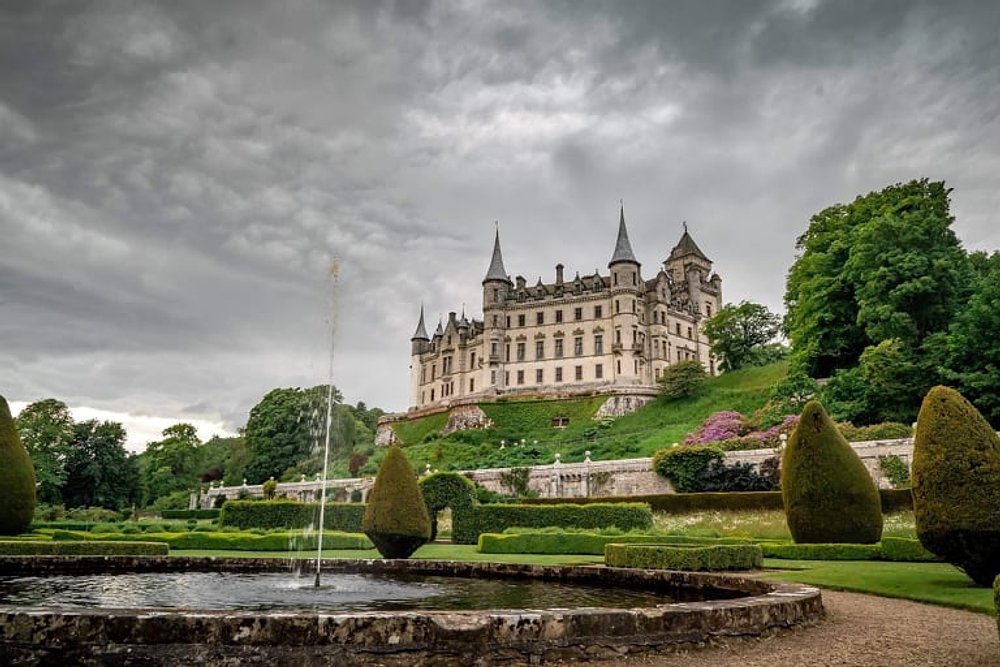
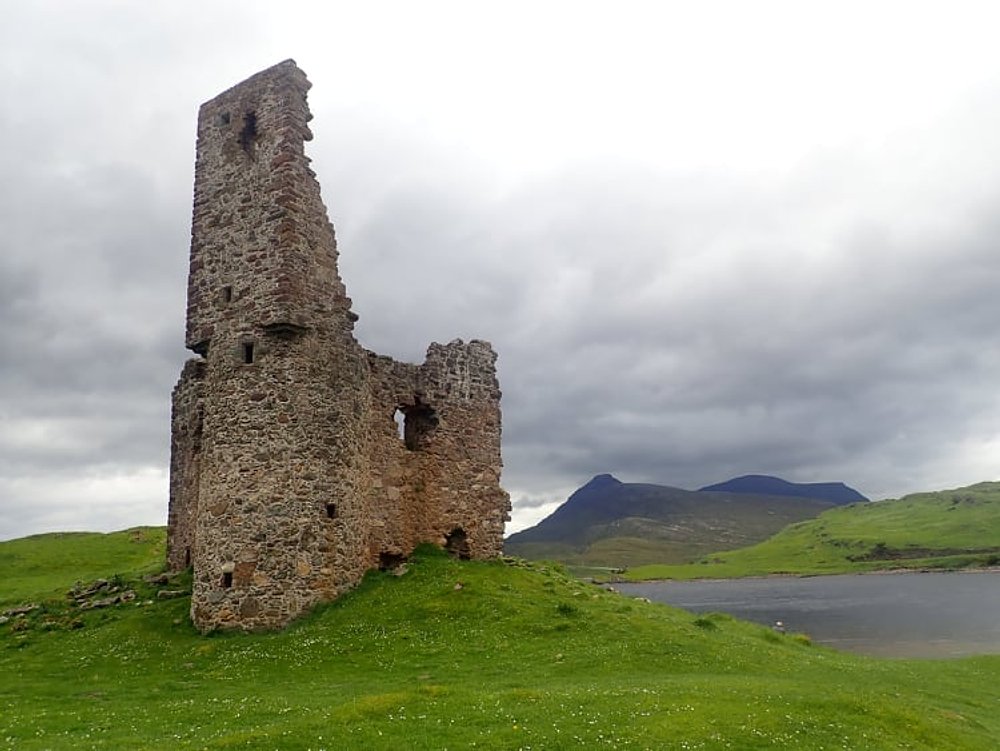
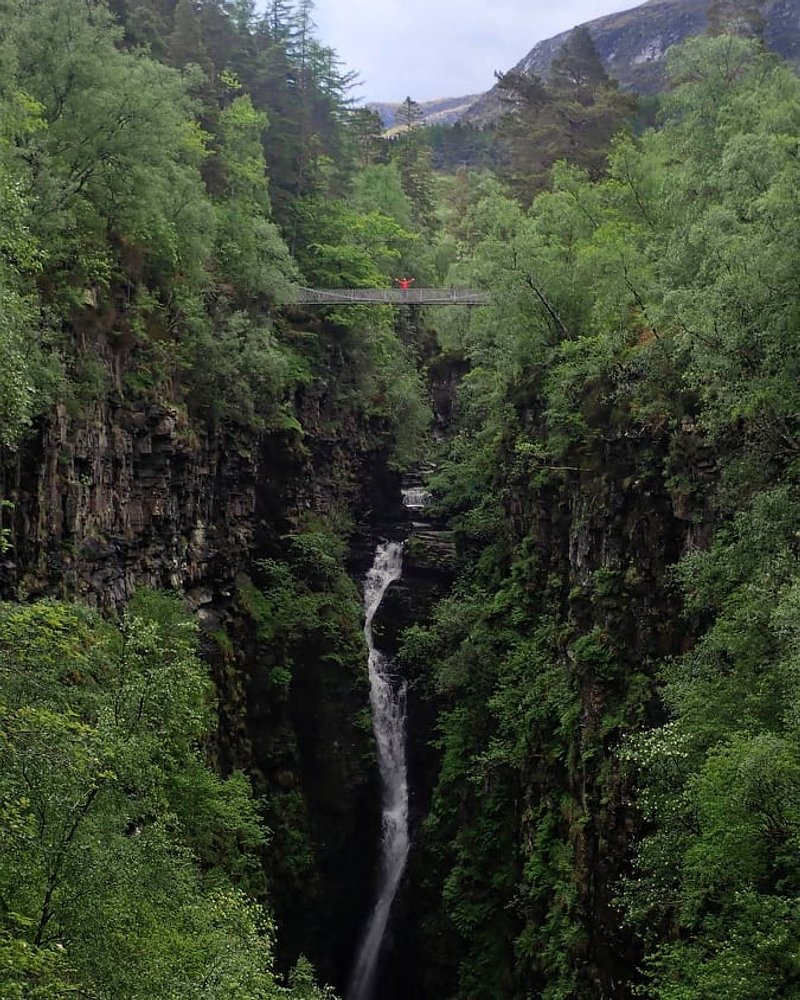
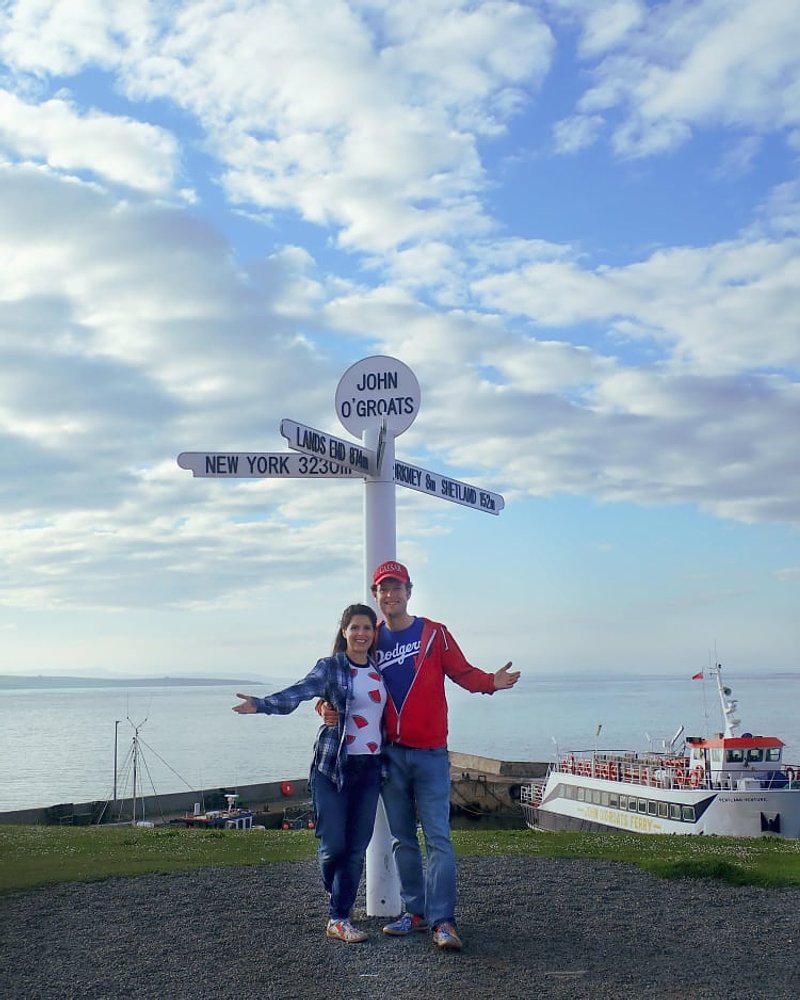
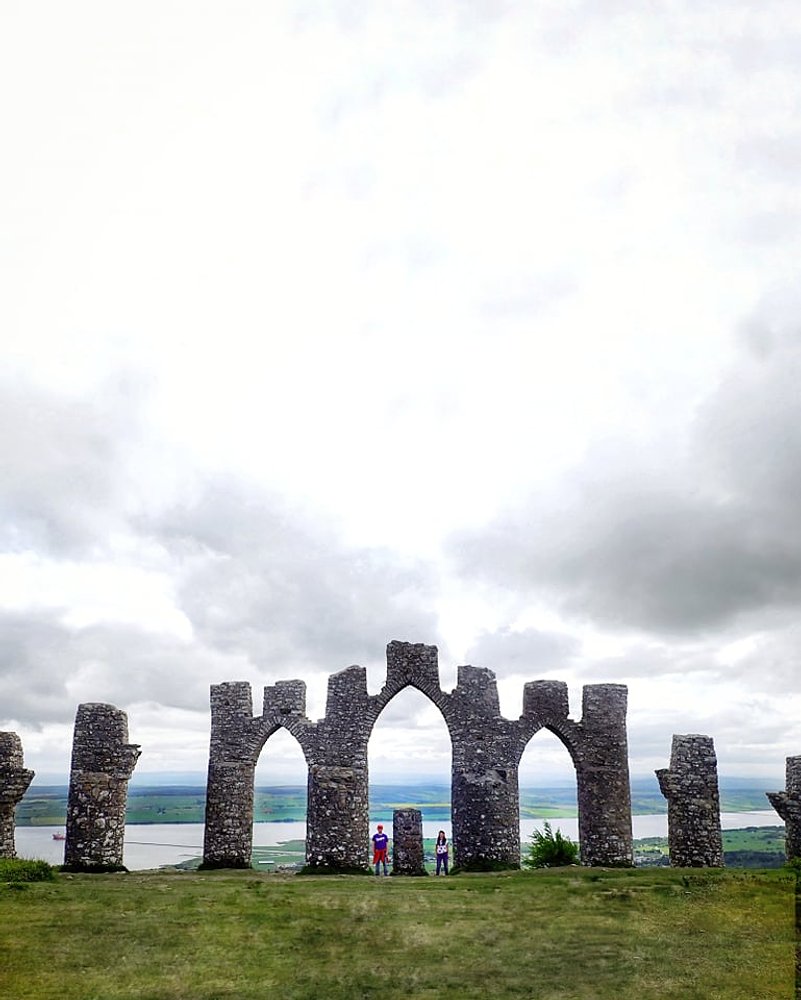
Share your thoughts
Please Sign In to leave a comment.
Please Sign In to leave a comment.